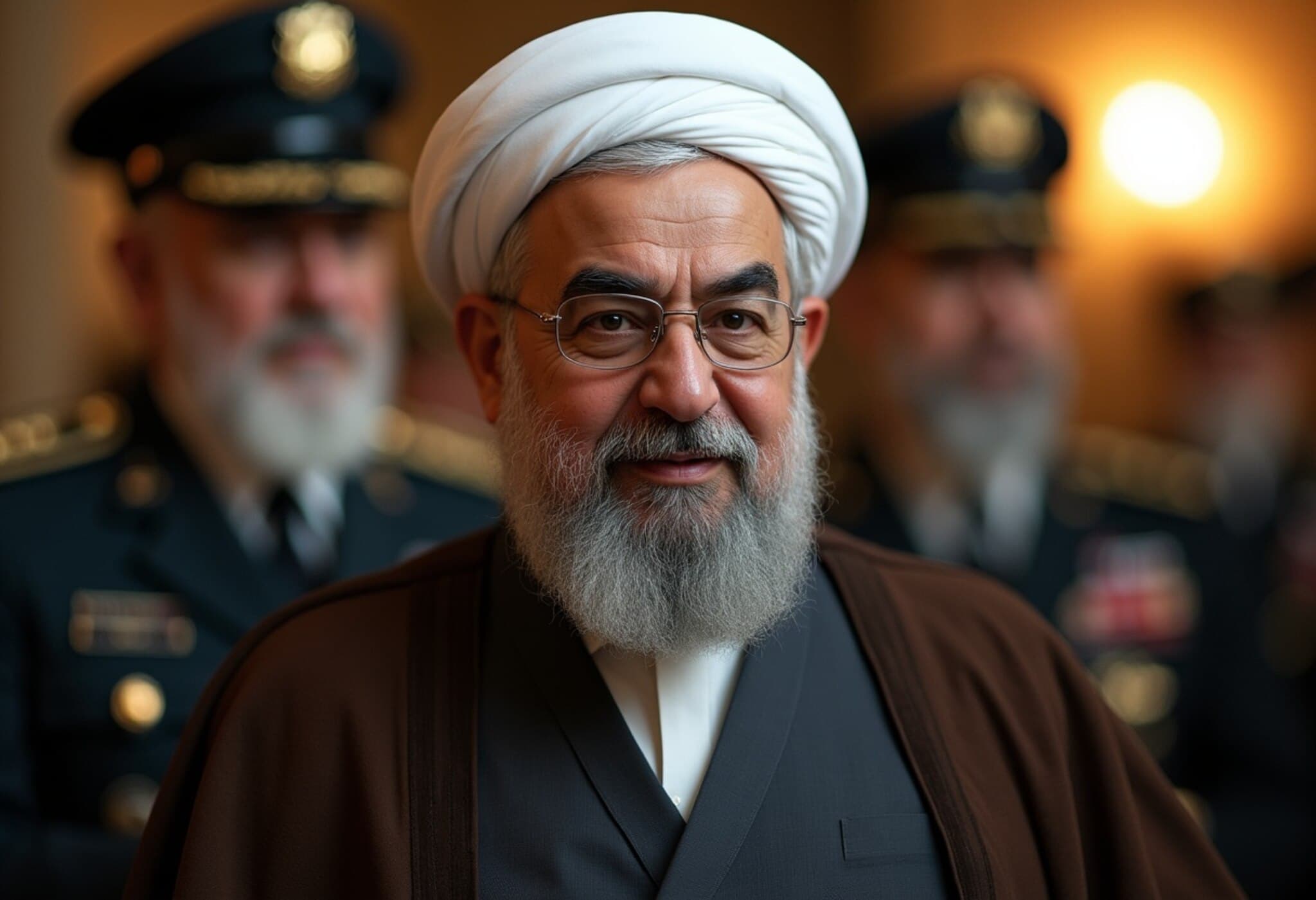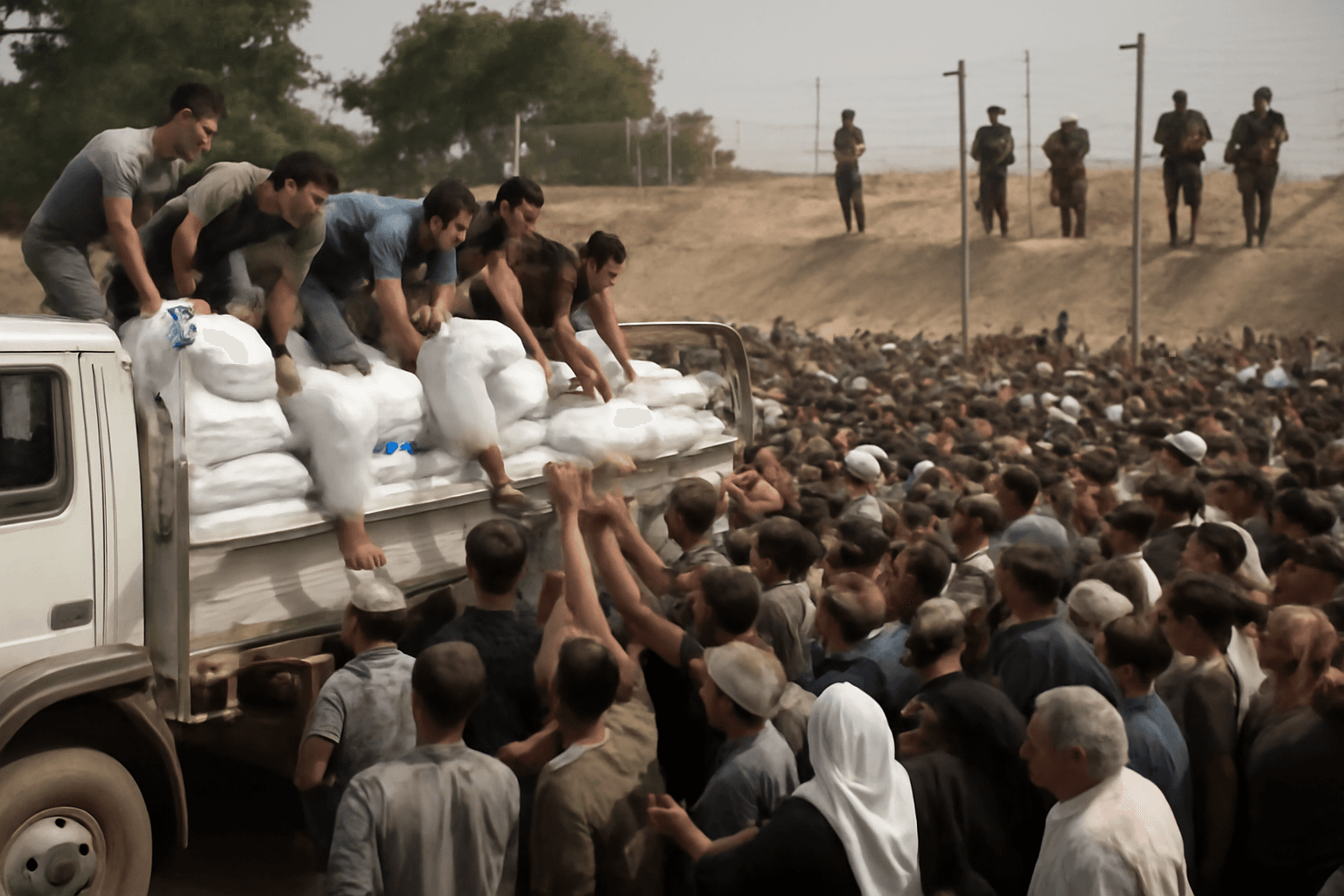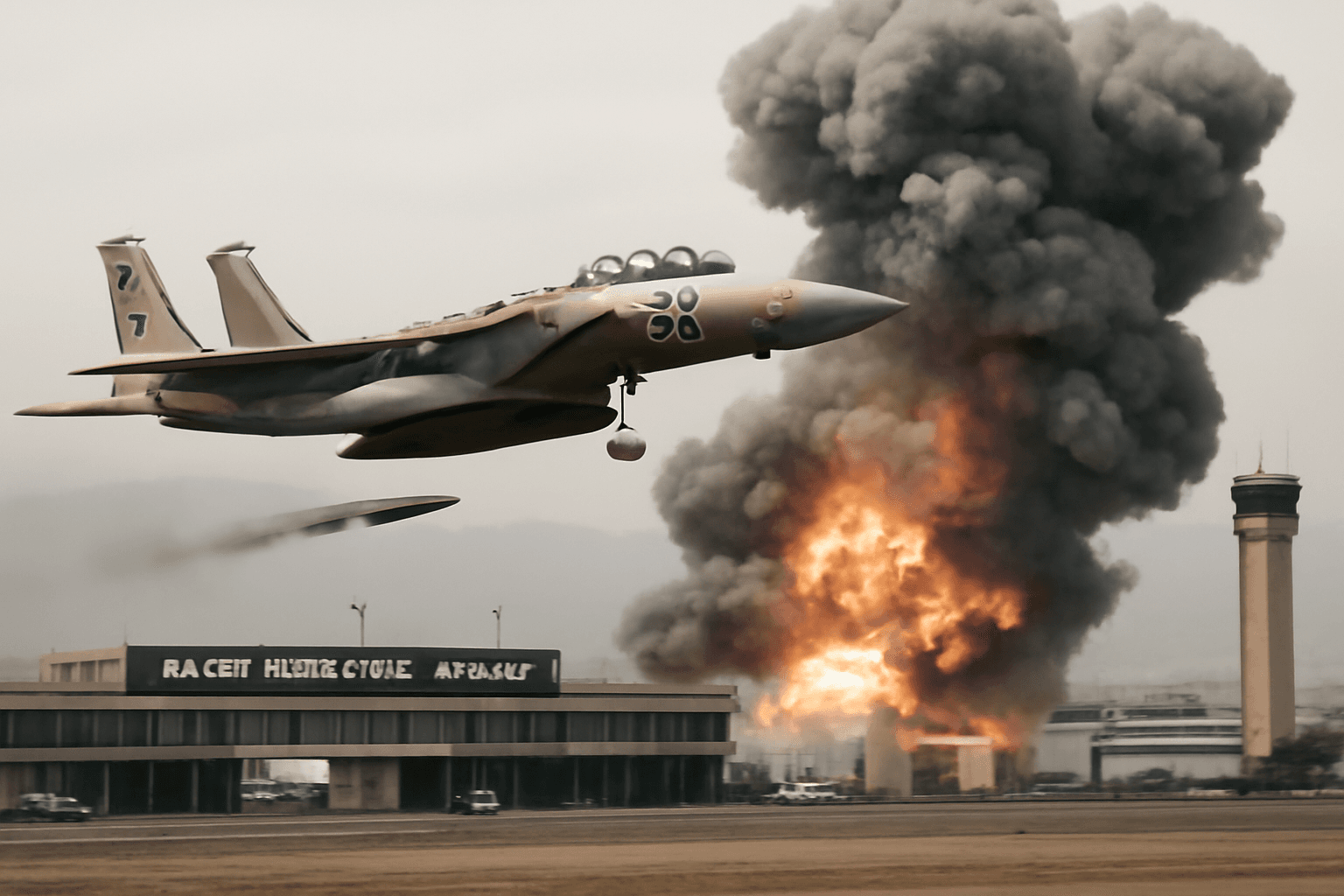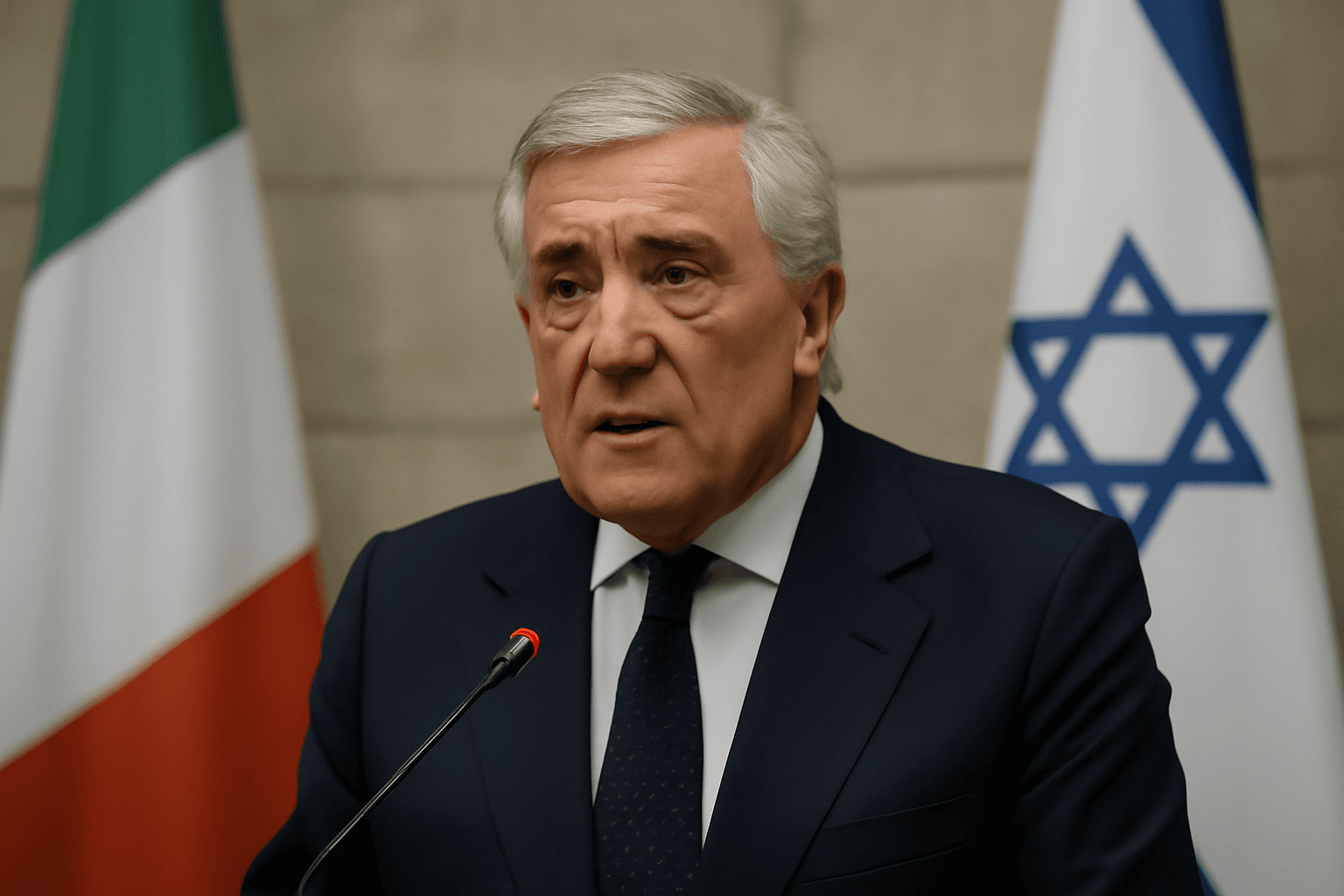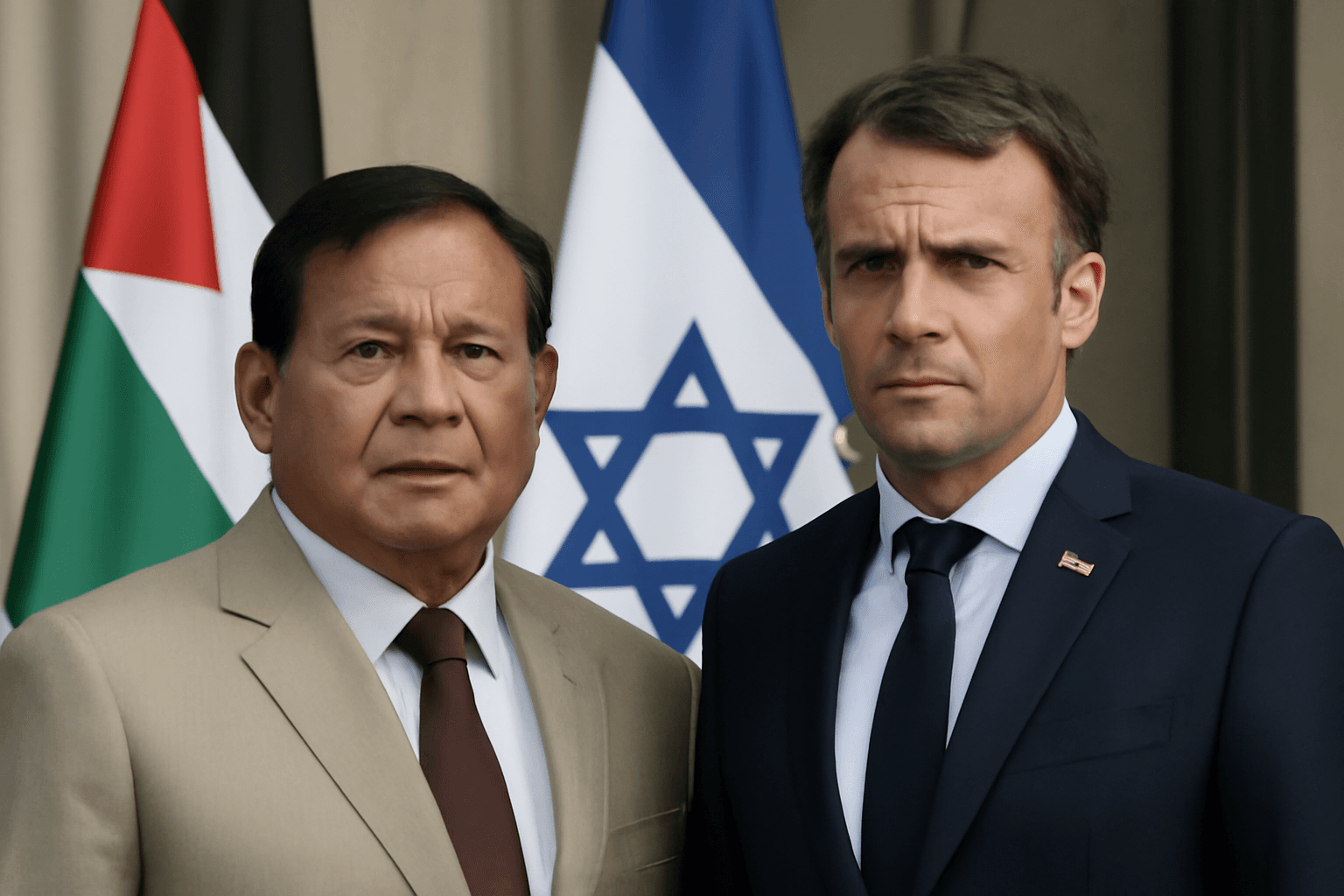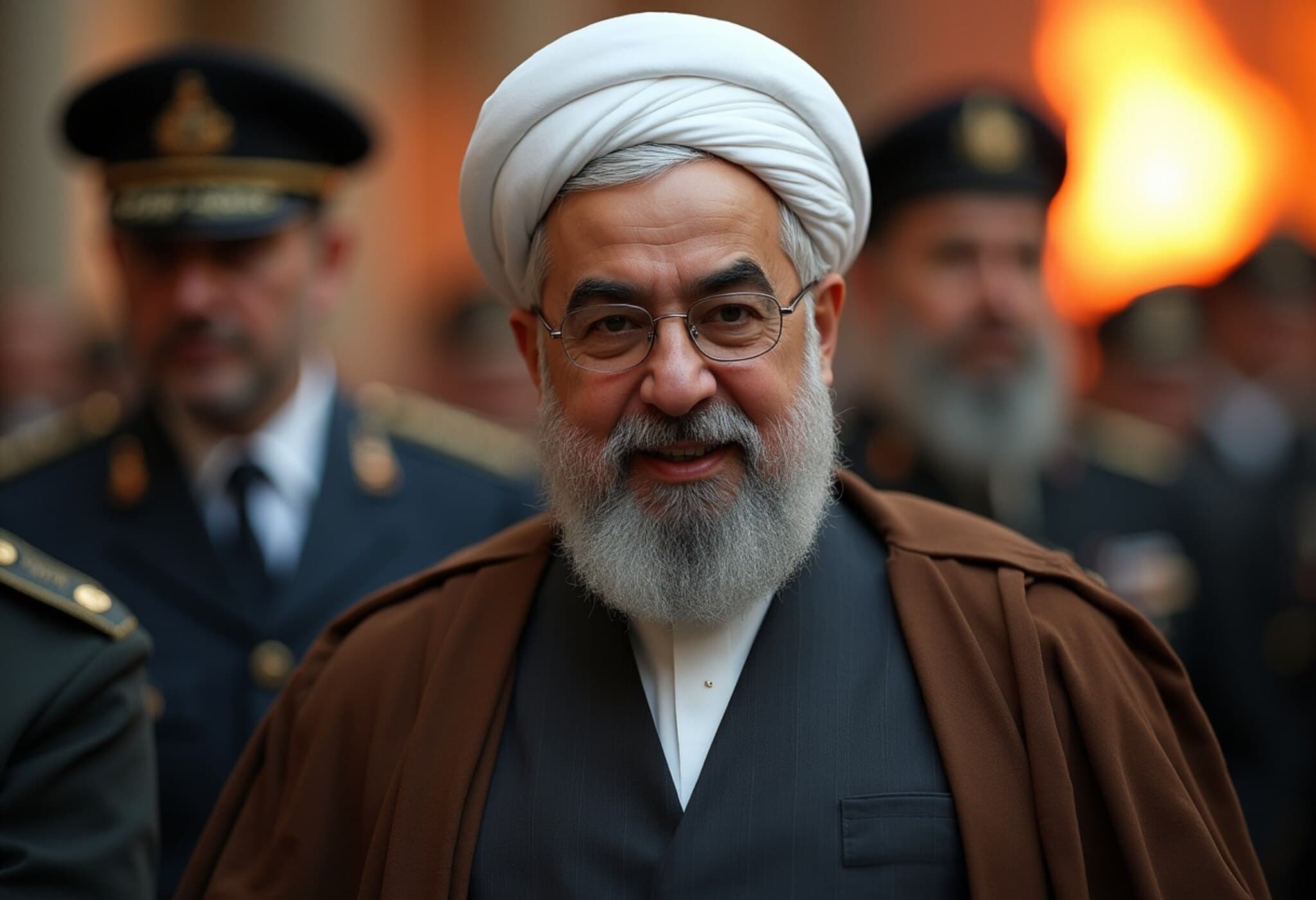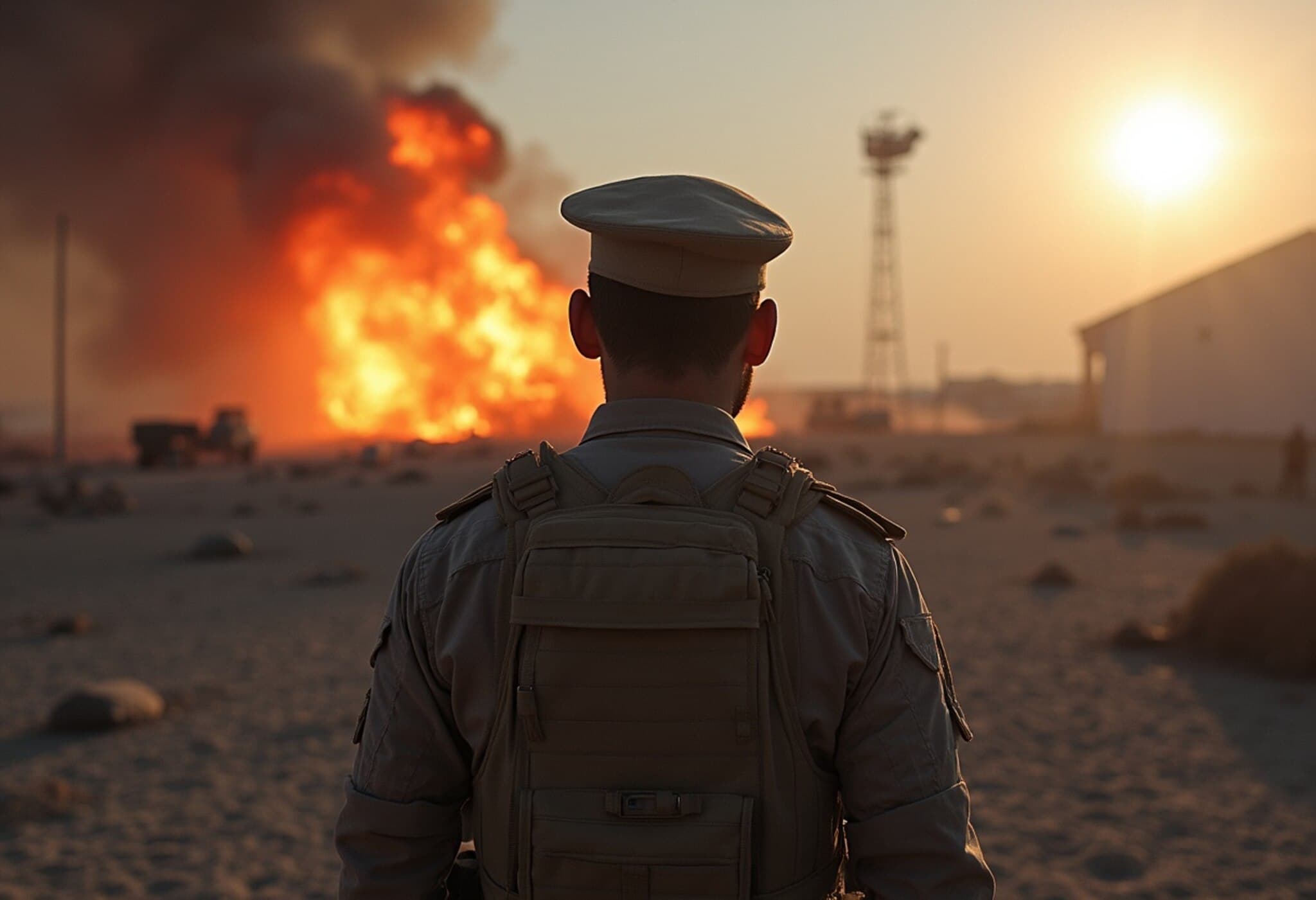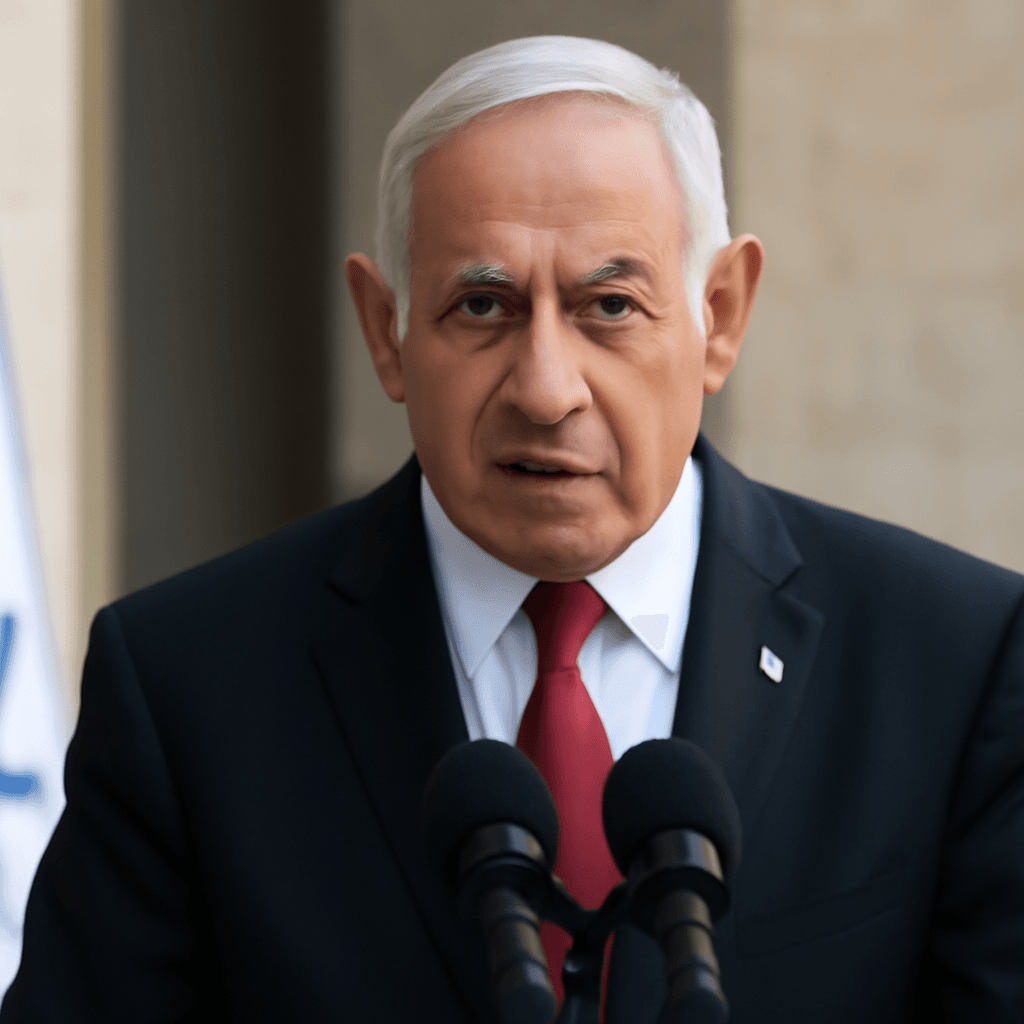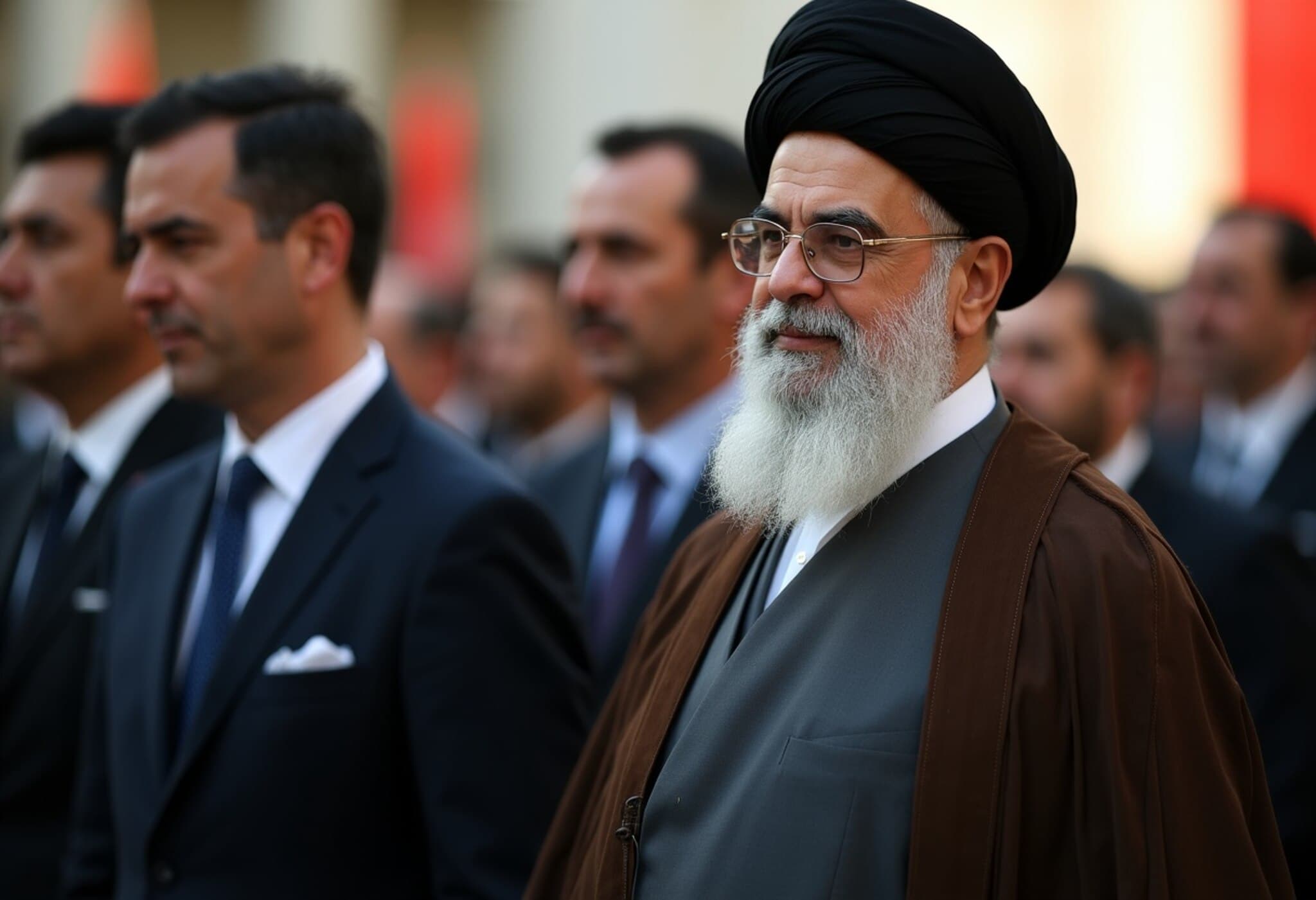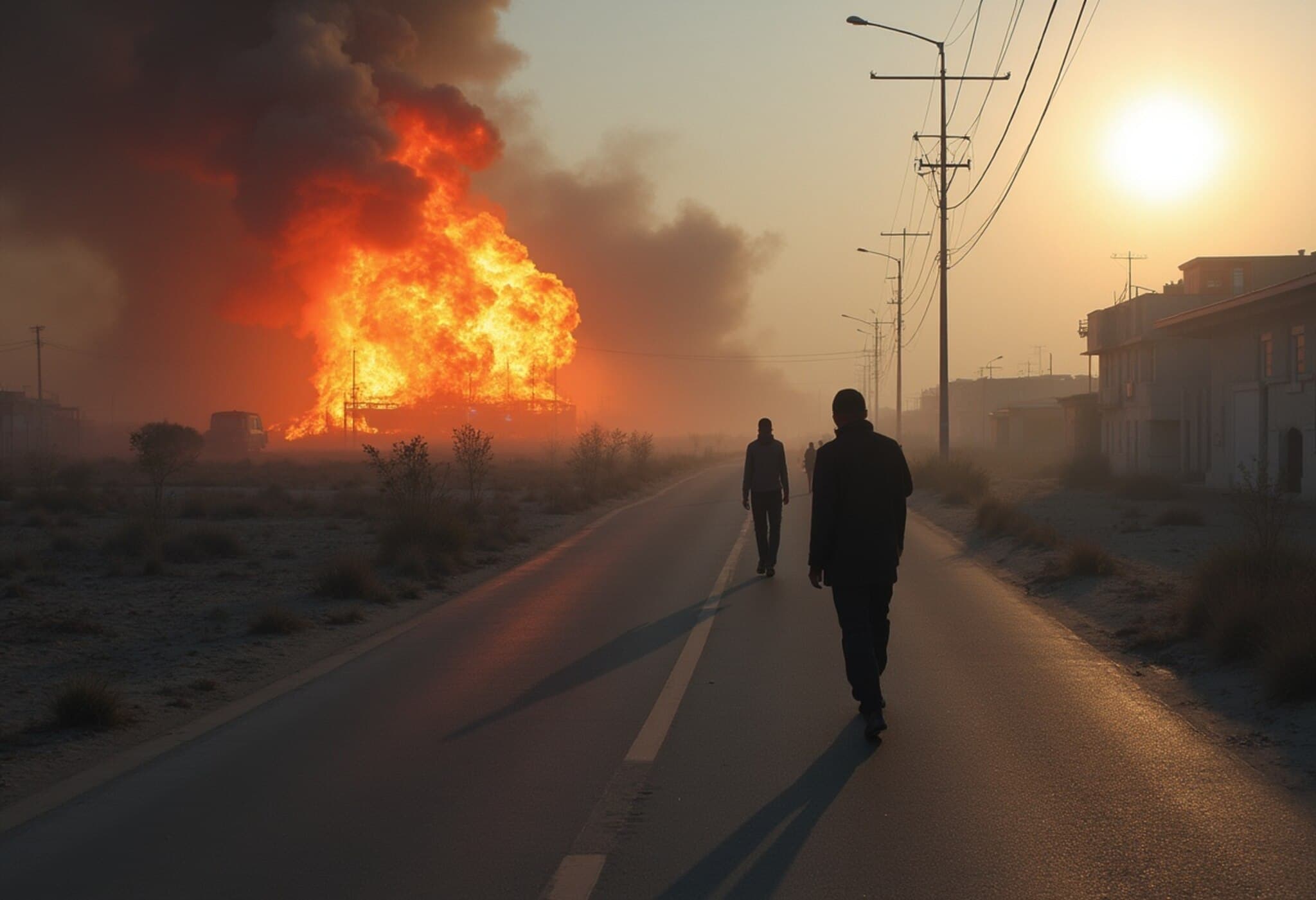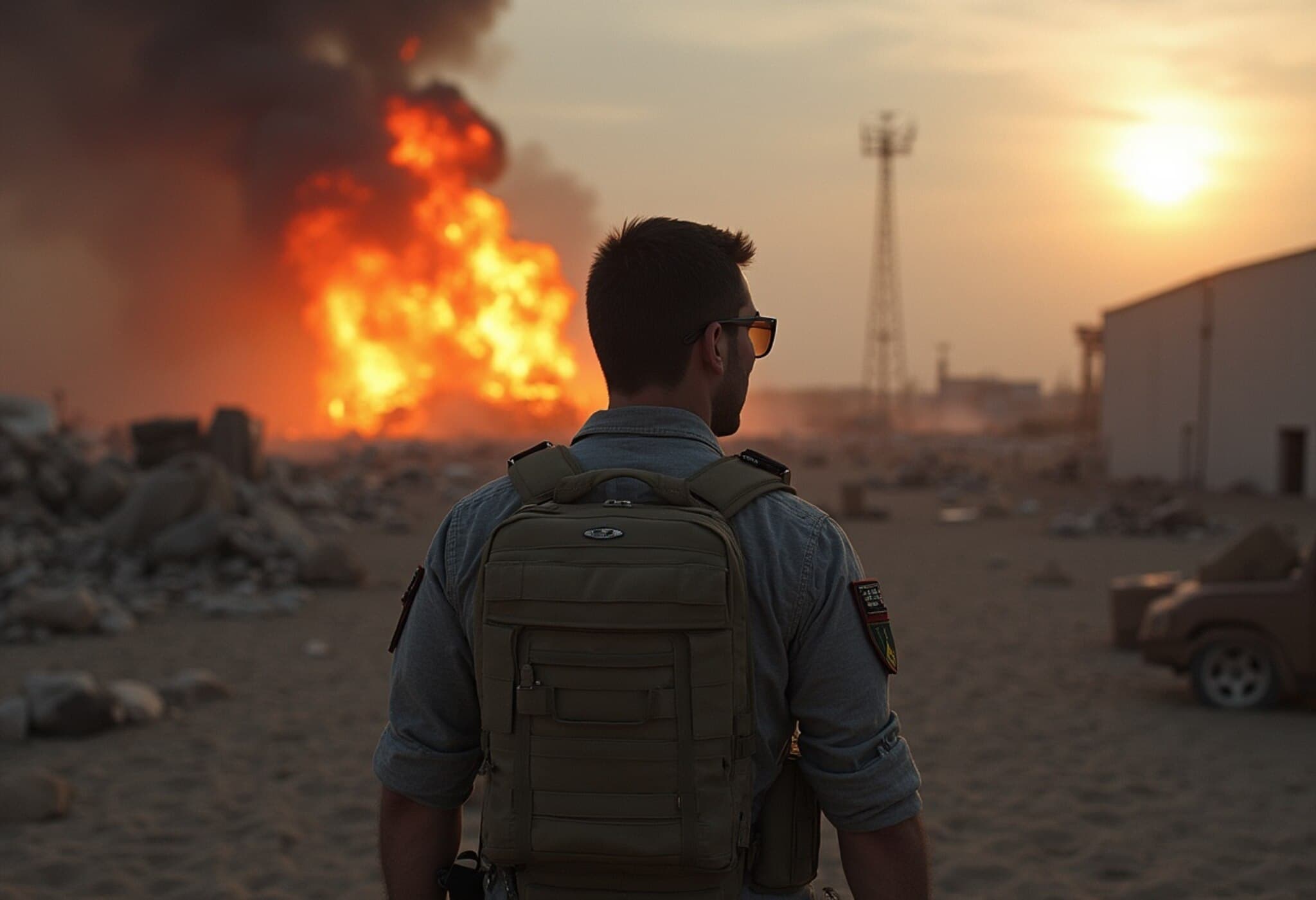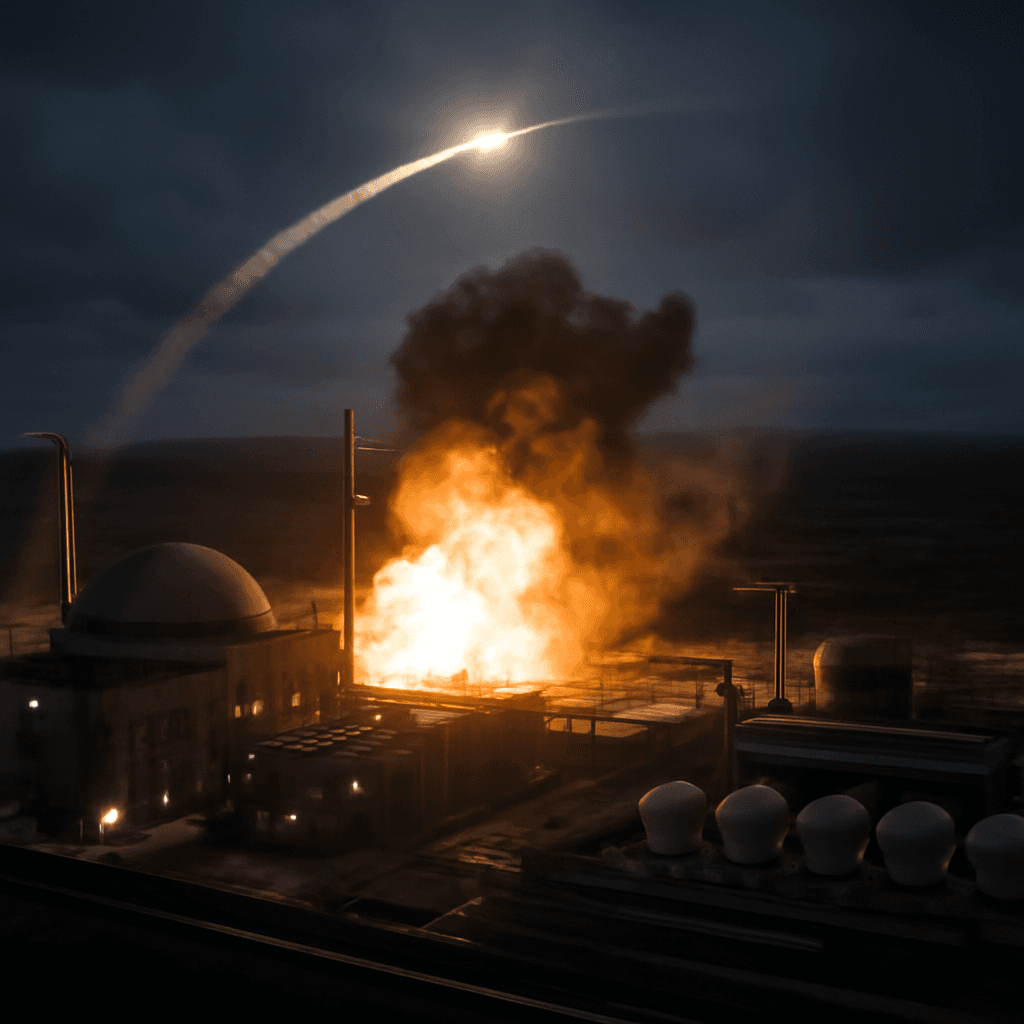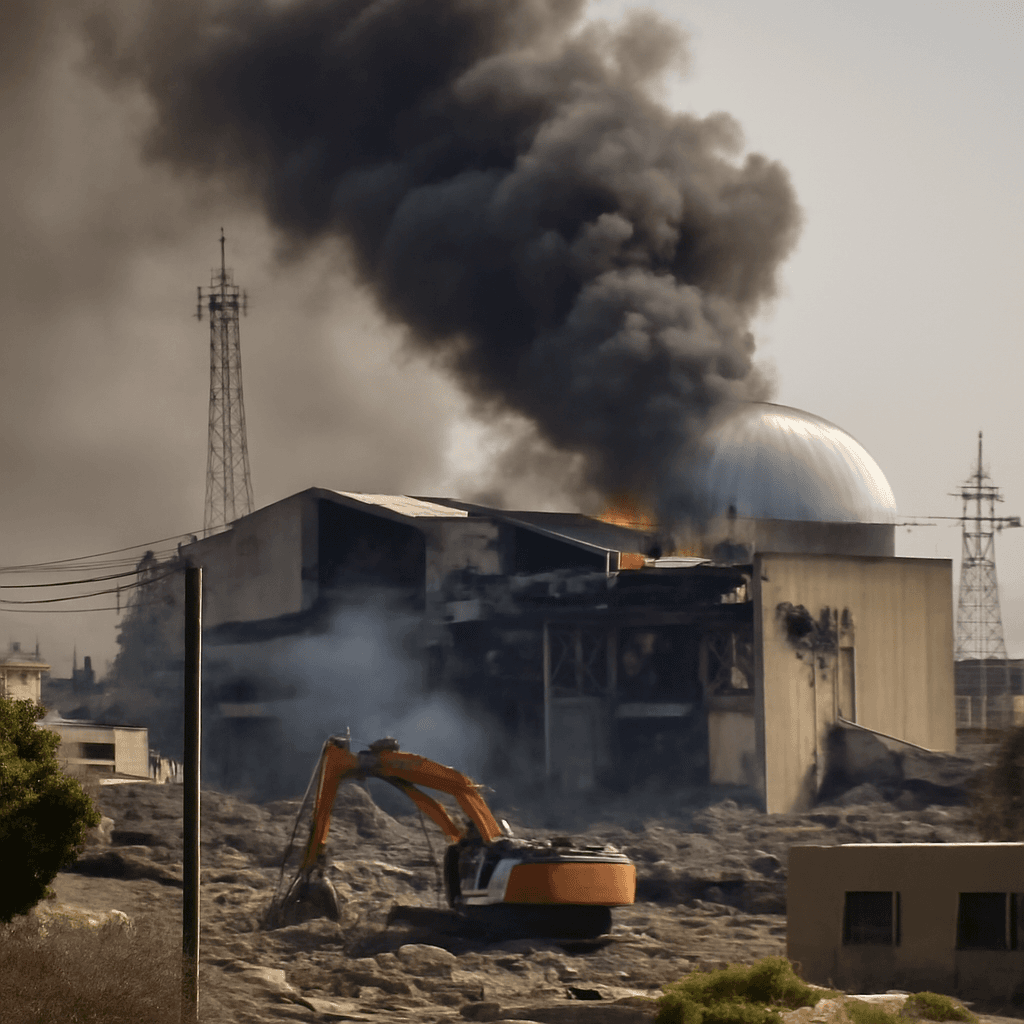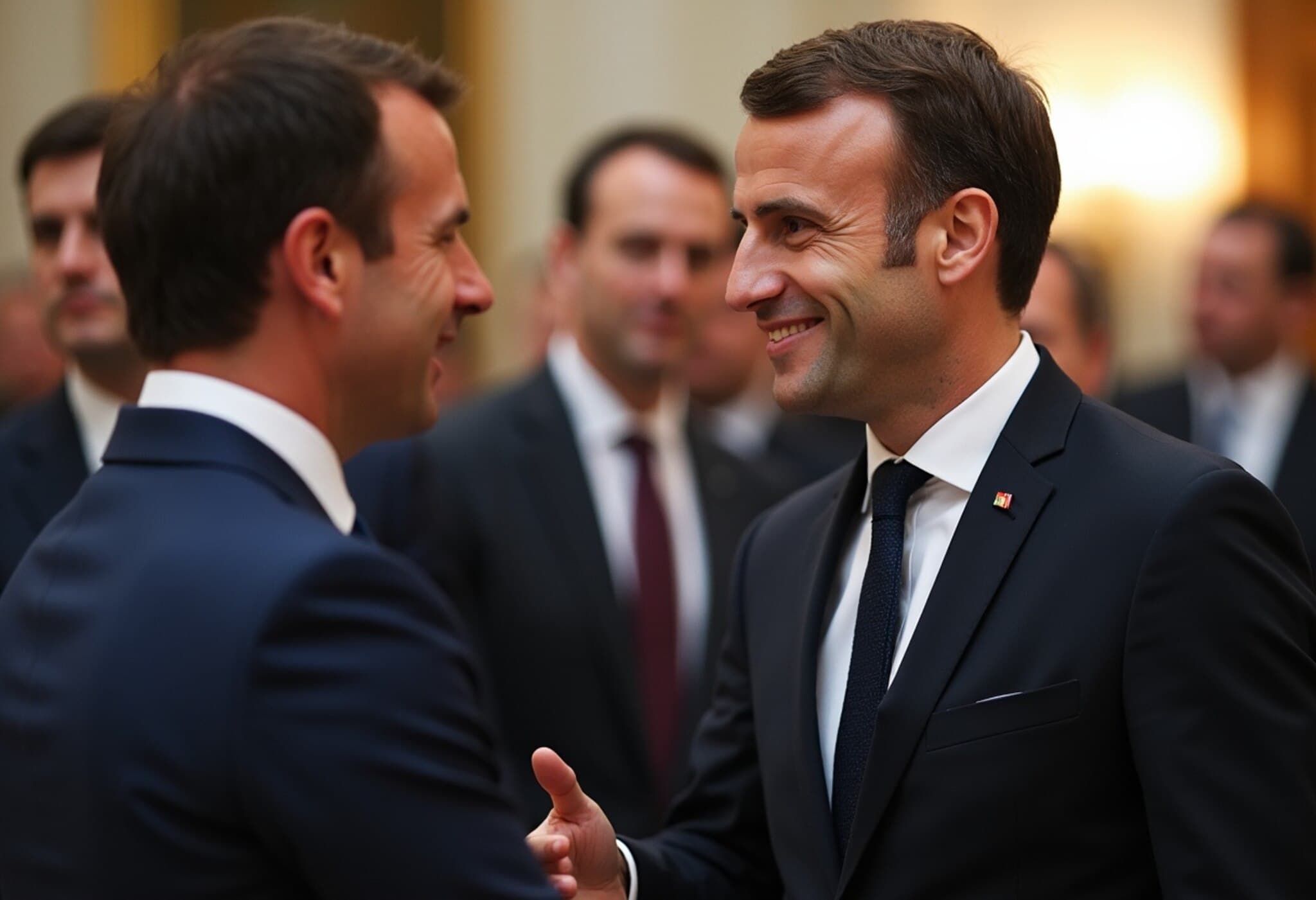Escalating Israel-Iran Tensions Spark Stark Warning
Israel's Defence Minister, Israel Katz, recently issued a chilling warning to Iran's Supreme Leader, Ayatollah Ali Khamenei, suggesting he might suffer a fate similar to that of former Iraqi dictator Saddam Hussein. This declaration comes amid five consecutive days of intensified conflict marked by missile strikes, drone incidents, and mass evacuations, pushing the volatile Middle East closer to open warfare.
A Stark Parallel: Khamenei and Saddam Hussein
Katz's comparison draws a dramatic link between Khamenei’s defiance and Saddam Hussein's downfall. Saddam, infamous for his hostility towards Israel, particularly during the 1980s and 1990s, was ultimately toppled and executed following the 2003 U.S.-led invasion of Iraq. By invoking Saddam's fate, Israel is signaling not only a direct threat to Khamenei but also the possibility of regime change if Iran continues its aggressive stance, especially regarding its nuclear ambitions.
"Remember what happened to the dictator in the neighbouring country who took this path against Israel," Katz remarked, underscoring Israel’s determination to confront perceived existential threats.
Historical Context Amplifies the Warning
Saddam Hussein’s legacy of antagonism included missile attacks on Israel during the 1991 Gulf War, an effort to fracture the anti-Iraq coalition. Despite provocations, Israel refrained from retaliation under U.S. guidance. Yet, Saddam’s regime exhibited brutal oppression, regional conflict, and defiance of international norms that culminated in his capture, trial, and execution.
Today, Khamenei-led Iran is accused by Israel of pursuing uranium enrichment beyond acceptable limits, edging closer to nuclear capability. The comparison to Saddam acts as a cautionary reminder that persistent defiance may invite severe consequences, both personally for Khamenei and for the Iranian regime at large.
Conflict Intensifies Amid Heightened Military and Diplomatic Activity
For five straight days, Israel and Iran have been locked in escalating hostilities. The region has witnessed heavy missile fire, air raid sirens, drone interceptions, and widespread evacuations. Explosions illuminated Tehran’s skyline while Israeli cities braced for further strikes.
In a notable move, U.S. President Donald Trump abruptly ended his participation at the G7 summit to issue a direct warning for civilians to "immediately evacuate Tehran," suggesting deeper undercurrents in West Asia beyond public awareness.
- Major evacuation orders now impact hundreds of thousands of people across the region.
- Key air routes have been suspended amid increasing volatility.
- Israel asserts it maintains full control over Iranian airspace, signaling readiness to escalate if necessary.
Despite the violence, Trump has emphasized that "Iran still wants a deal," even as his national security team meets to evaluate evolving risks. The ongoing standoff reflects a delicate balance between diplomacy and the brinkmanship of military confrontation.
The Road Ahead: Risks of Wider Regional Conflict
As tensions mount, fears of a broader Middle East conflict intensify. Both sides remain locked in a battle of wills, each signaling resolve while weighing the enormous stakes involved. Israel’s warning reminiscent of Saddam’s downfall is as much psychological warfare as a political message aimed at international audiences.
For now, the region holds its breath as diplomatic efforts continue behind the scenes, hoping to avert a crisis that could reshape geopolitical dynamics for years to come.

